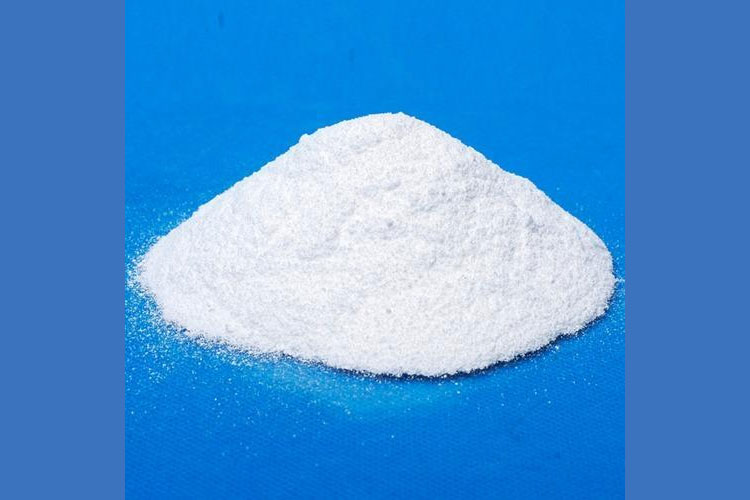Soda Ash Light & Dense
Soda Ash Light & Dense
The manufacture ofglass is one of the most important uses of sodium carbonate. Sodium carbonate acts as a flux for silica, lowering the melting point of the mixture to something achievable without special materials. This "soda glass" is mildly water soluble, so some calcium carbonate is added to the pre-melt mixture to make the glass produced insoluble. This type of glass is known assoda lime glass: "soda" for the sodium carbonate and "lime" for the calcium carbonate. Soda lime glass has been the most common form of glass for centuries.
Sodium carbonate is also used as a relatively strong base in various settings. For example, sodium carbonate is used as a pHregulator to maintain stable alkaline conditions necessary for the action of the majority of photographic film developing agents.
In chemistry, it is often used as an electrolyte. Electrolytes are usually salt-based, and sodium carbonate acts as a very good conductor in the process of electrolysis. In addition, unlike chloride ions, which form chlorine gas, carbonate ions are not corrosive to the anodes. It is also used as a primary standard for acid-base titrations because it is solid and air-stable, making it easy to weigh accurately.
In domestic use, it is used as a water softener in laundering. It competes with the magnesium and calcium ions in hard water and prevents them from bonding with the detergent being used. Sodium carbonate can be used to remove grease, oil and wine stains. Sodium carbonate is also used as a descaling agent in boilers such as those found in coffee pots and espresso machines.
In dyeing with fiber-reactive dyes, sodium carbonate (often under a name such as soda ash fixative or soda ash activator) is used to ensure proper chemical bonding of the dye with cellulose (plant) fibers, typically before dyeing (for tie dyes), mixed with the dye (for dye painting), or after dyeing (for immersion dyeing).
.png)

